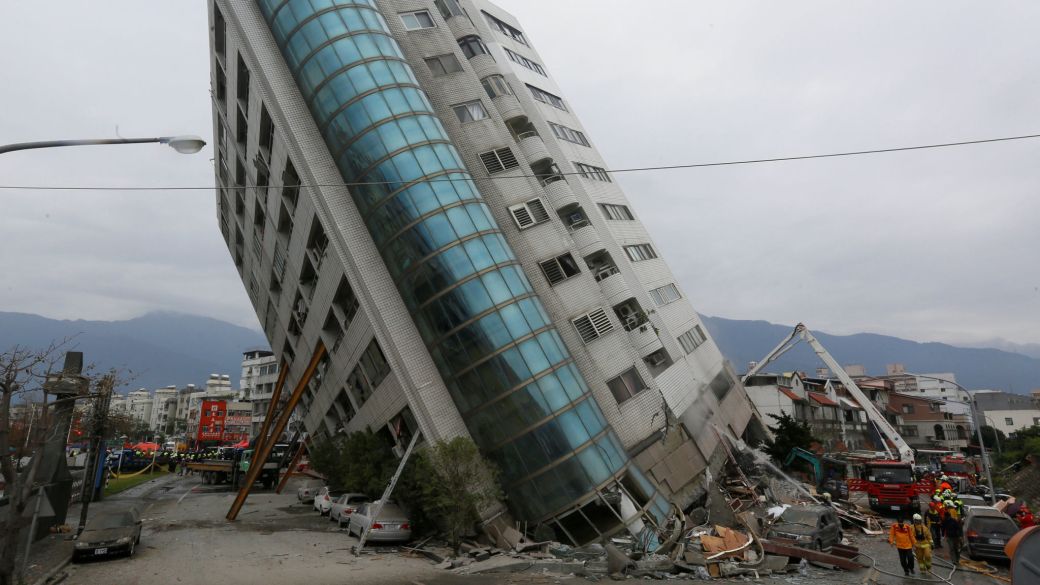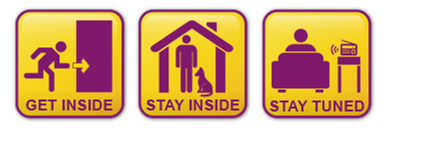When is it safe to approach a power line on the ground, and is it okay to drive over these lines?
It’s never safe to approach a power line that is on the ground! (This is often called a “downed” power line.) Approaching downed power lines can be fatal. You don’t even have to touch a downed line to be electrocuted. Electricity always wants to go to the ground and can reach you through the ground if you get close enough to a downed live wire. Stay at least 30 feet away from any downed line. Call the your local power company immediately, to report the location of any downed line. If the downed line is life-threatening (for example, sparking or on top of an occupied car), call 911.
Some people think it’s okay to drive across downed lines, believing that the rubber in the car tires will protect them. While that is true to some extent as long as you stay inside the car, the greater danger is that the downed wire can become entangled in the car’s axle or wheels. This could cause you to pull down the pole or could prevent you from being able to drive any further. Bottom line: do not drive over downed power lines unless it is a last resort.
Why is my power out but my neighbor still has electricity?
This could be a result of one of the following reasons:
Your home may be served off a different distribution circuit than your neighbor’s home. If this is the case, the circuit serving your neighbor’s home is working as it should, while the circuit serving your home has sustained an outage. This process is similar to when you have a breaker trip or blown fuse at home. The home’s circuit that has the blown fuse or switch will be without power, while the rest of your home will still have power since it is being served by another circuit(s).
Your home may have damage to your overhead service. Sometimes during storms there can be damage to your weatherhead (roof-mounted pole structure) where the electric service comes into the house. Your weatherhead belongs to you, so if it is damaged and in need of repair, it is your responsibility to get a licensed electrician to fix it before the PUD can legally restore power. Once necessary repairs are completed, the power company will send a serviceman to make permanent connections and restore power.
The transformer serving your home may be out of service following an outage restoration if too much electrical load is placed on the transformer when power is restored. When power is restored by the power company after a storm, electrical appliances and heat in homes also start up. When this occurs all at once, service lines and transformers serving individual houses can become overloaded and can cause an outage. It is important for customers to remember to turn off electric stoves and burners, as well as other electrical devices that can be dangerous if unattended when the power is restored. In fact, turn off as much electrical load potential as possible, just keeping a light bulb or two on to let you know when power is back. This ensures your transformer and the electrical lines serving your neighborhood won’t become overloaded and cause a second outage when power is restore.
Why aren’t more details available about outages and when power will be restored?
In general, the power company cannot list specific addresses that are without power, since outages are often widespread throughout. Plus, with ongoing restoration efforts, the location of outages changes very quickly. It is very difficult for the utility to predict how long a specific customer will be without power, due to the sheer number of jobs that need to be completed, changing weather conditions, availability of crews and repair supplies, and a number of other factors. Adding to that, trees that have fallen on power lines or brush that limits access to restoration sites may need to be cleared before repair work can begin. This can often be an all-day job. Often, crews may not be able to estimate how long a job may take until they arrive at the site to begin clearing it for the work.
Do emergency safety issues impact storm restoration? What if I have a wire down on my property? Will a crew respond faster?
The power company gives high priority to emergency situations such as a life in danger. In cases when wires are down, are visibly burning, or are part of a higher voltage primary line, the repairs will receive higher priority. In cases when service lines (going directly to a home) are down on a resident’s property, the power company will make the repair as soon as possible after main or primary lines are restored.
How should customers with medical conditions prepare for potential power outages?
Customers with a medical condition that requires uninterrupted electric service should make plans to assure their safety in the event of a power outage. They should consider acquiring a source of standby power or determine if an emergency generator is available. They may want to make arrangements with friends, relatives or a local agency to transport them to an area where electricity is available. While the PUD strives to provide continuous electric service to customers, it cannot guarantee that occasional power outages or failures occur. During winter months the likelihood of power outages increases due to seasonal storms.
Should I unplug sensitive electronic equipment during a power outage?
Yes. These types of electronics do not handle power surges well, and the return of power after an outage may entail a brief surge of power. In fact, during a power outage, you should also turn off any electric item that was on before the outage except for one light so you know when power is restored. Not only does this protect your appliances, it eases the electrical demand when power is restored.
What types of things should customers keep in their homes in case the power goes out?
Everyone should be prepared for all types of scenarios. Having a good emergency kit available everywhere you spend time. Power outages can last anywhere from a few seconds to weeks. Having enough candles, light sticks and even a generator are essential.


